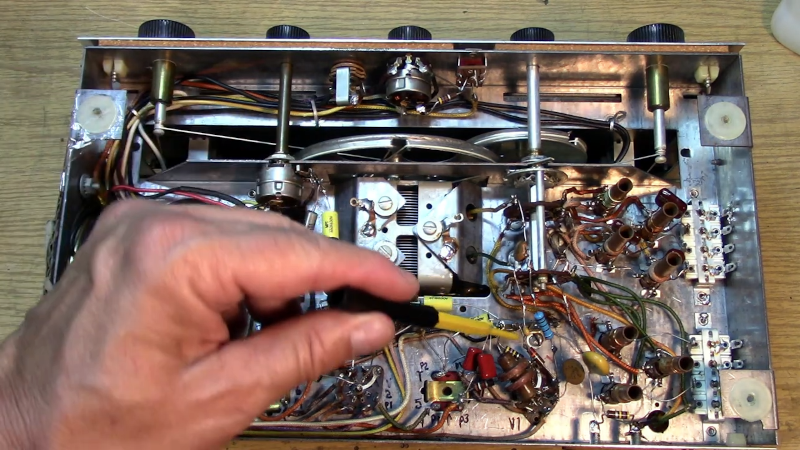
If you need an amplifier, [Hans Rosenberg] has some advice. Don’t design your own; grab cheap and tiny RF amplifier modules and put them on a PCB that fits your needs. These are the grandchildren of the old mini circuits modules that were popular among hams and RF experimenters decades ago. However, these are cheap, simple, and tiny.
You only need a handful of components to make them work, and [Hans] shows you how to make the selection and what you need to think about when laying out the PC board. Check out the video below for a very detailed deep dive.
To get the best performance, the PCB layout is at least as important as the components. [Hans] shows what’s important and how to best work out what you need using some online calculators.
Using a NanoVNA and a USB spectrum analyzer, [Hans] makes some measurements on the devices using different components, which is very instructive. The measurements lined up fairly well with the theory, and you can see the effects of changing key components in the design.
[Hans] has a lot to say about RF PCB design. If you want to get into a lot of details, don’t forget to check out [Michael Ossmann’s] Supercon workshop on RF design.


